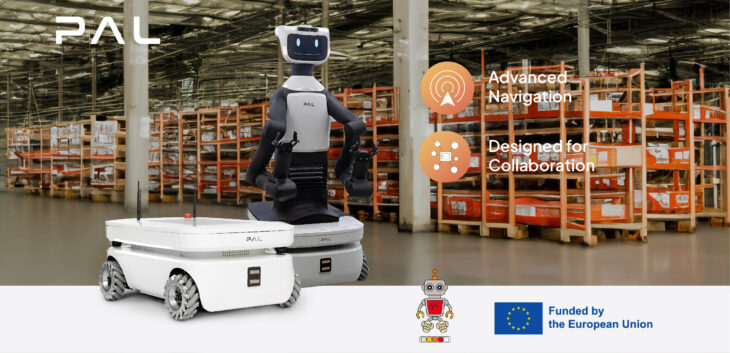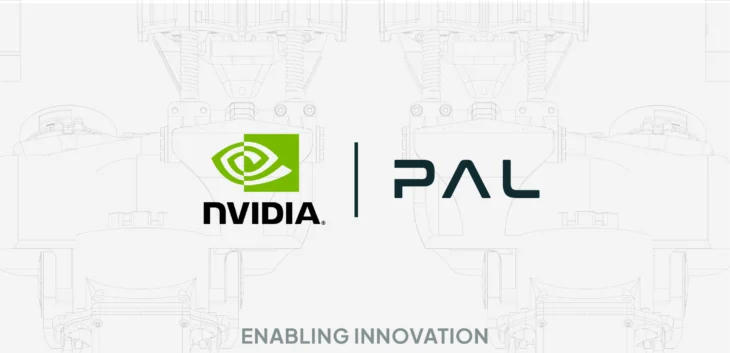
Automation has become the central strategy for industries aiming to boost efficiency, reduce operational friction, and create safer, more resilient workspaces. In factories, warehouses, and research centers, companies are pushing beyond traditional machines and exploring how humanoid robots can bring automation into environments originally built for people.
The goal isn’t just to speed things up, it is to remove repetitive, non-rewarding tasks that consume time and energy without adding real value. These are routines that don’t challenge workers or support their motivation, like transporting materials, opening doors, pressing buttons, and performing manual resets. Automating these processes means giving professionals more space to focus on work that truly matters, creative problem solving, supervision, and innovation.
What should be automated?
The most meaningful automation doesn’t come from optimizing what already works, it comes from reconsidering which tasks are truly necessary. In many industrial settings, a surprising share of tasks are routine-based, repetitive, and lack added value.
By identifying these specific tasks and designing robotic systems to take them over, companies improve both productivity and employee satisfaction. The real innovation lies in relieving teams from work that doesn’t engage them so they can focus on activities that do motivate them.
Humanoid robotics: built for human spaces
Humanoid robots aren’t about imitating people, they’re about working in human environments. That means navigating buildings, using tools, adapting to unstructured spaces, and performing tasks that were never designed with machines in mind.
At PAL Robotics, we’ve been developing legged robots and humanoid systems for more than 20 years. Our experience in balance, motion control, and manipulation has led to our latest development: KANGAROO Pro.
KANGAROO Pro is a lightweight robot designed for industrial automation, with manipulators capable of handling complex tasks. You won’t find a head on this robot because it doesn’t need one. KANGAROO Pro isn’t meant to look human, but to function as an effective, reliable tool for workers, built to integrate into processes, not disrupt them.
TIAGo Pro: Mobile manipulation in action
TIAGo Pro is one of the most advanced mobile manipulators available today. With its omnidirectional base, it can navigate complex and dynamic environments smoothly, from tight warehouse corridors to cluttered research labs. TIAGo Pro comes with dual high-payload arms and integrated perception systems to understand and interact with its surroundings.
It is a reliable solution for companies that need more than just movement, they need autonomous manipulation with precision.
Automation in motion at Automatica 2025
All these innovations will be showcased at Automatica 2025 in Munich on June 24-27. Automatica is the leading trade fair for intelligent automation and robotics, and a unique opportunity to experience real-world applications up close.
One of the standout demonstrations will be a teleoperation trial with TIAGo PRO, offering attendees the chance to guide the robot in real time, controlling its arms with precision, as if it were an extension of their own body. This interactive setup highlights the growing potential of human-robot collaboration, especially in scenarios where remote intervention and embodied intelligence intersect.
Automation isn’t just changing, it’s becoming more human and it’s adapting to us.


